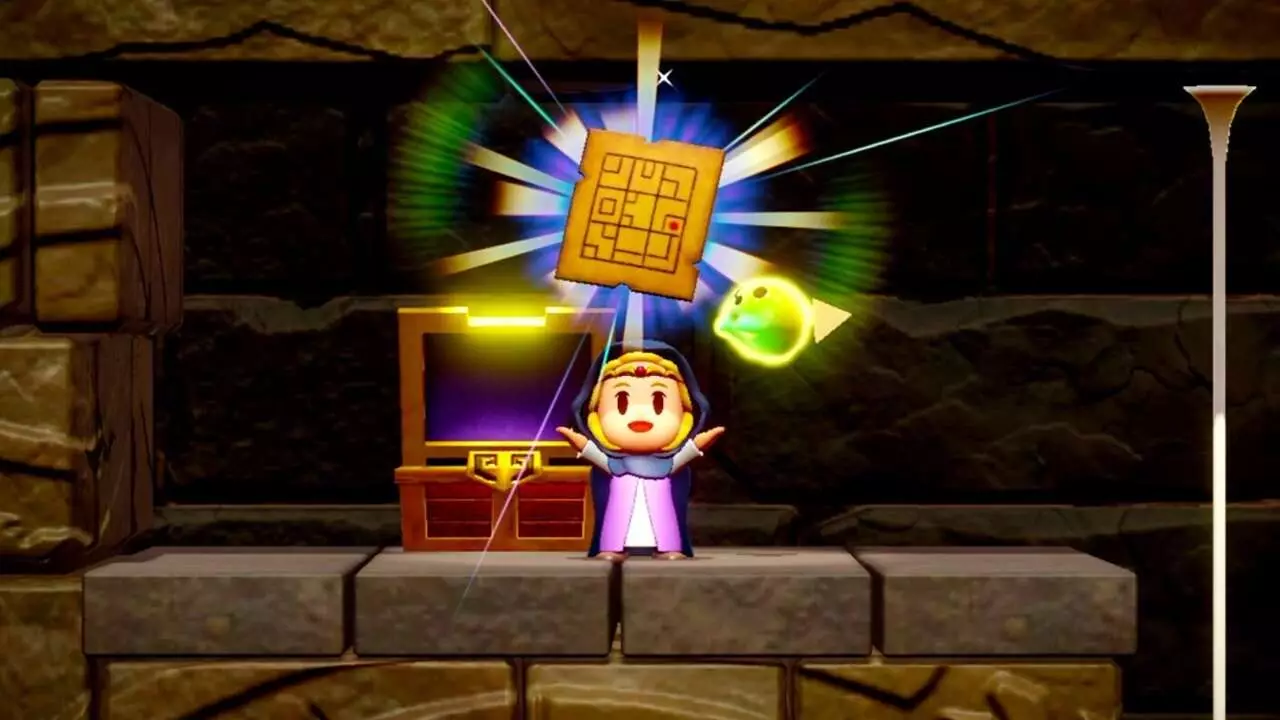Since its much-anticipated release, *The Legend of Zelda: Echoes of Wisdom* has garnered significant acclaim from fans and critics alike, quickly establishing itself as a standout title within the illustrious franchise. Yet, in a twist that is becoming all too familiar in gaming, the speedrunning community has uncovered a major glitch that drastically alters the standard gameplay experience. This particular exploit allows players to complete the game in a jaw-dropping time of under one hour, showcasing how unintended mechanics can redefine not just the speedrunning landscape but also player engagement with the game itself.
Unpacking the Glitch Mechanics
At the heart of this speedrunning phenomenon is Zelda’s Echo ability, derived from the game’s unique Trirod weapon. The glitch hinges on a rather complex interaction involving signposts placed strategically on tree branches, leading to a cascade of overlapping menus. Players have found that this layering creates a unique opportunity to manipulate the game’s world map, effectively teleporting Zelda straight to the final dungeon. This significant reduction in required playtime highlights the intersection between clever gameplay mechanics and community ingenuity, exhibiting how players can turn design oversights into game-changing strategies.
Famed speedrunner Onaku has already capitalized on this glitch, achieving a rapid completion time of just 52 minutes. This not only sets a new benchmark but has also ignited a race within the speedrunning community to break the 50-minute barrier. Such rapid attempts at optimization reflect the competitive spirit and passion of the gaming community, revealing that the quest for discovery and mastery often breeds a collaborative environment where strategies and techniques are shared and honed.
Nintendo’s Response and Future Implications
However, the existence of such an exploit raises questions regarding the long-term implications for *Echoes of Wisdom*. Historically, Nintendo has been known for its proactive approach in addressing glitches, often issuing patches to restore the intended gameplay experience. As the speedrunning community celebrates these newfound strategies, the anticipation of inevitable updates looms large. With past titles displaying similar patterns of glitches being patched, players are left wondering how long these unusual tactics will remain effective.
As *Echoes of Wisdom* continues to be dissected by players and speedrunners alike, the challenge will lie in balancing the enjoyment derived from these glitches with the preservation of the original gameplay design. The conversation around glitch exploitation versus game integrity poses an interesting dilemma that both players and developers face in today’s dynamic gaming ecosystem.
Ultimately, the emergence of such glitches raises fascinating dialogue around the potential for redefining gameplay experiences. As speedrunners continue to push the boundaries of completion times and manipulate game mechanics for competitive advantage, the question persists: will the joy of manipulating the game to achieve faster times outweigh the nostalgia and challenge of experiencing the game as originally intended? As *The Legend of Zelda: Echoes of Wisdom* finds its place among the games of the future, its impact on speedrunning culture and community practices is sure to linger, encouraging exploration and innovation in ways that few other franchises can claim.

